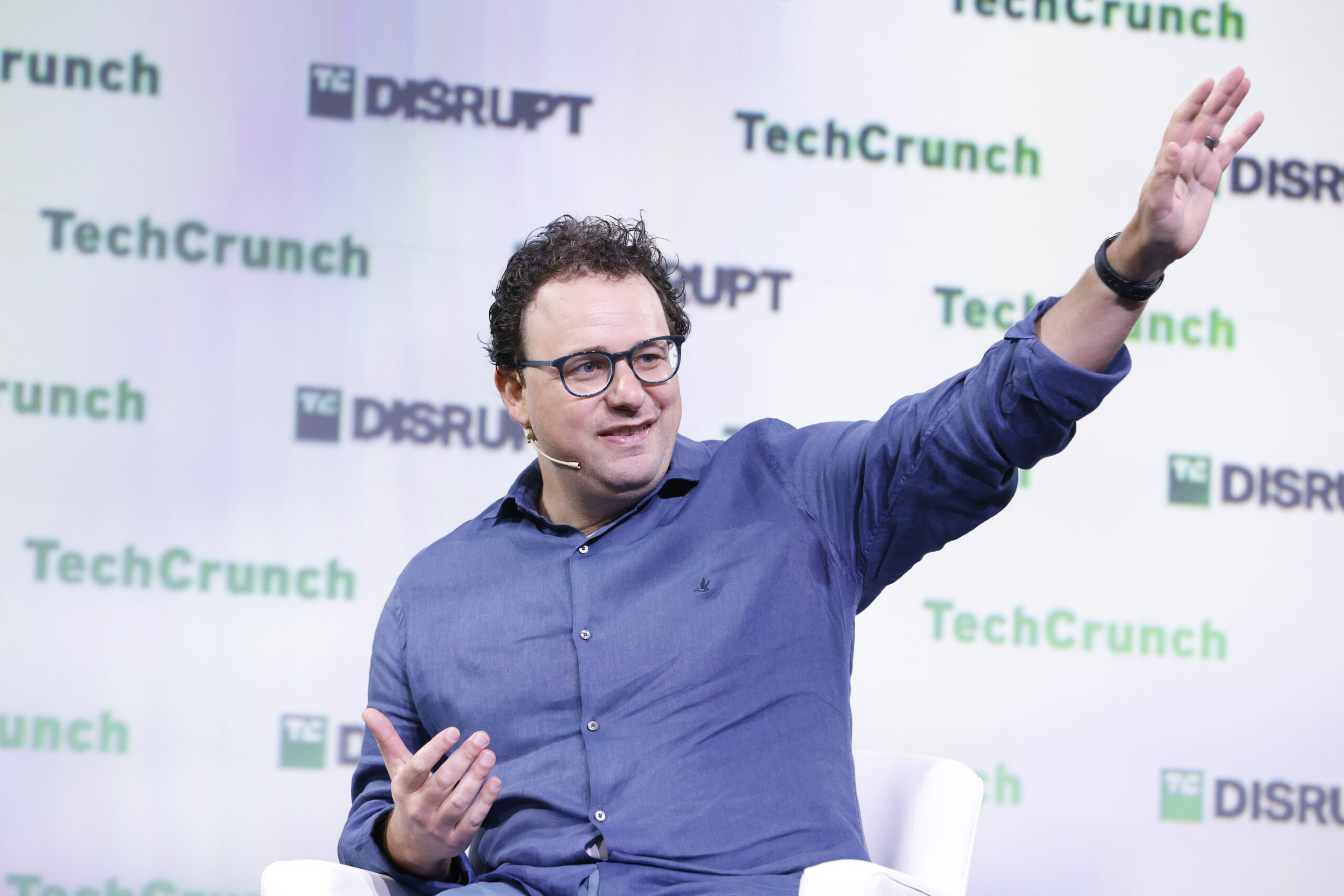
Anthropic announced on Wednesday the release of Claude Haiku 4.5, a small artificial intelligence model that will serve as a lower-cost offering for all the company’s users. Anthropic stated that the new model is exceptionally fast and is capable of outperforming other larger models that were considered cutting edge only months ago.
Performance and Pricing
The Claude Haiku 4.5 model is better at complex tasks like using computers than the midsized Claude Sonnet 4, which the company launched in May. Furthermore, it performs similarly to the Sonnet 4 model and OpenAI’s most recent model, GPT-5, in coding tests, according to SWE-bench Verified. Mike Krieger, Anthropic’s chief product officer, told CNBC that the model “punches way above its weight.”
Claude Haiku 4.5 is now available to all of Anthropic’s free users, and it has become the cheapest model offered to paid subscribers. Krieger noted that Haiku models are typically priced at about one-third the cost of the Sonnet models, which are themselves about one-fifth the cost of the largest Opus models. For free users, choosing Haiku 4.5 grants more capacity compared to Claude Sonnet 4.5 because it is a smaller model. Although Claude Sonnet 4.5 remains Anthropic’s best-performing model overall, Haiku 4.5 is optimized for users seeking fast, accurate answers. Krieger admitted that he has started defaulting to the Haiku model himself, particularly on the mobile app, “because it’s just much faster getting an answer.”
Strategic Dual-Model Approach
The two models are also designed to work together, reflecting Anthropic’s enterprise focus. Claude Sonnet 4.5 can create multi-step plans to solve complex problems, while the smaller and cheaper Claude Haiku 4.5 can efficiently complete subtasks within those plans. Krieger suggested this parallel processing would be useful for businesses tackling longer-term projects, stating, “You could have Haiku monitoring financial streams of data… and then pass off its early insights to Sonnet to do some deeper analysis.”
This launch follows the release of Claude Sonnet 4.5 in September and Claude Opus 4.1 in August. Anthropic is already working on releasing another model, likely an updated version of Opus, by the end of this year or early next year, according to Krieger.
Industry Competition
Anthropic, an AI startup valued at $183 billion (No. 4 on CNBC’s 2025 Disruptor 50 list), serves more than 300,000 business customers and has an annual revenue run rate approaching $7 billion this month. The company is racing to keep pace with rivals like Google and OpenAI, whose valuation has swelled to $500 billion. Following the launch of GPT-5 in August, OpenAI has inked several multibillion-dollar infrastructure deals and released its short-form video app, Sora. Krieger conceded that the breakneck pace of the industry does not afford Anthropic much time to get comfortable after a launch, confirming, “We’re really firing on all cylinders.”
What The Author Thinks
Microsoft’s move to make cloud saving the default in Word, while framed as a beneficial feature against data loss, is fundamentally a crucial strategic step to enforce user lock-in and solidify OneDrive as the mandatory foundation for the Microsoft 365 ecosystem. By making document saving seamless, the company simultaneously ensures that user data is available for future monetization through AI services like CoPilot, effectively making the convenience of auto-save inseparable from the necessity of cloud storage. This change is a clear indicator that the value of productivity software now lies not in the application itself, but in the proprietary data it channels into the cloud.
Featured image credit: Wikimedia Commons
For more stories like it, click the +Follow button at the top of this page to follow us.
